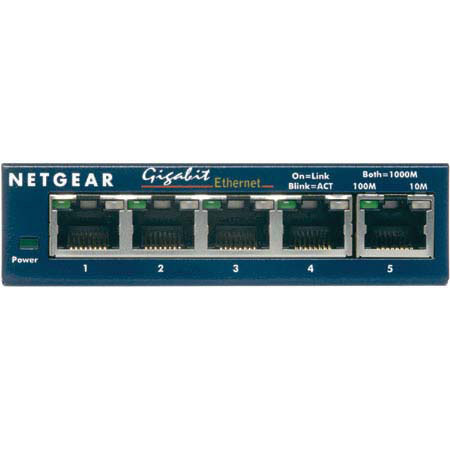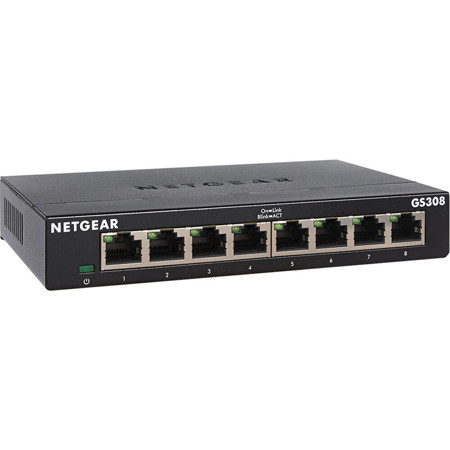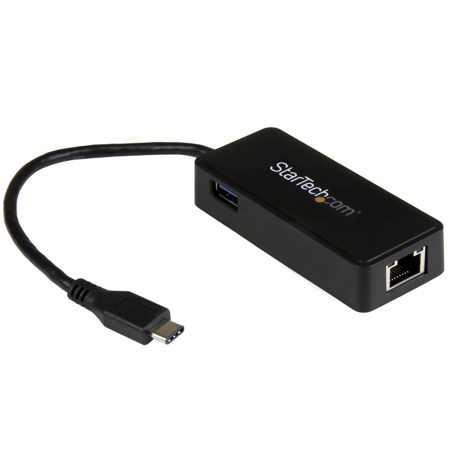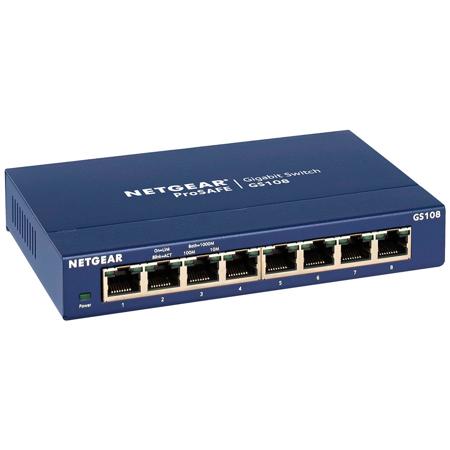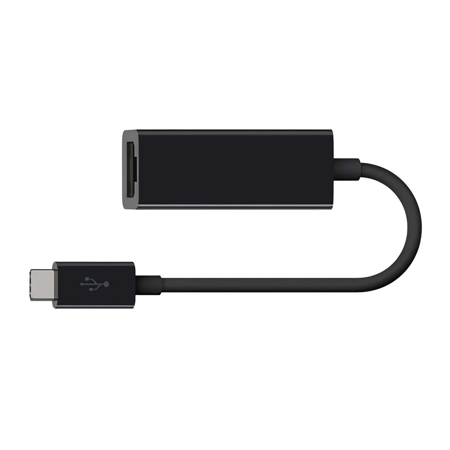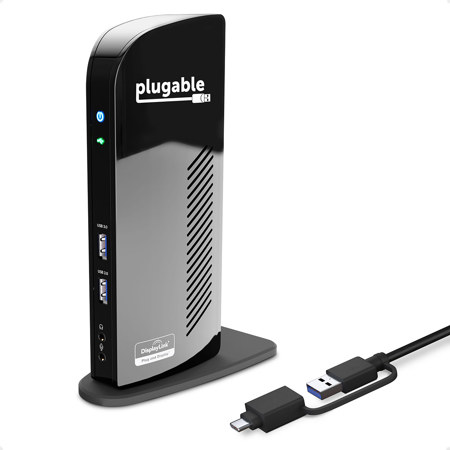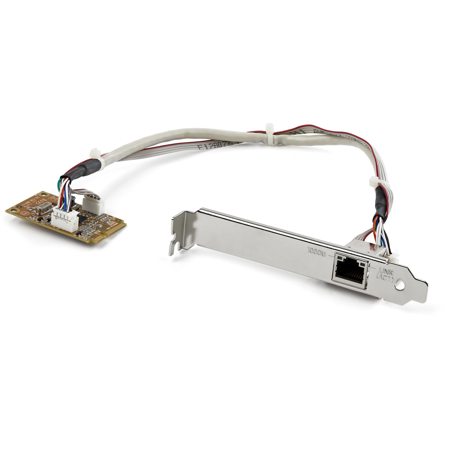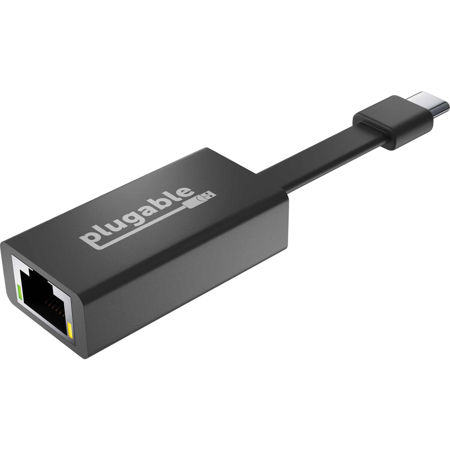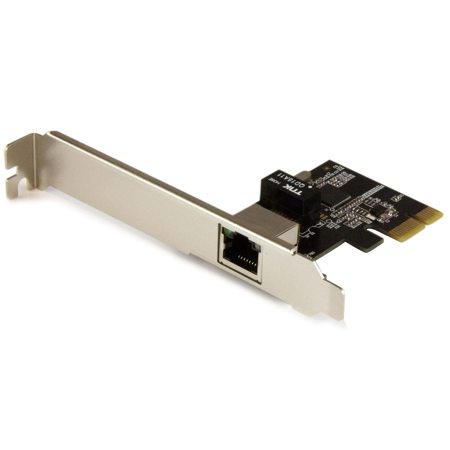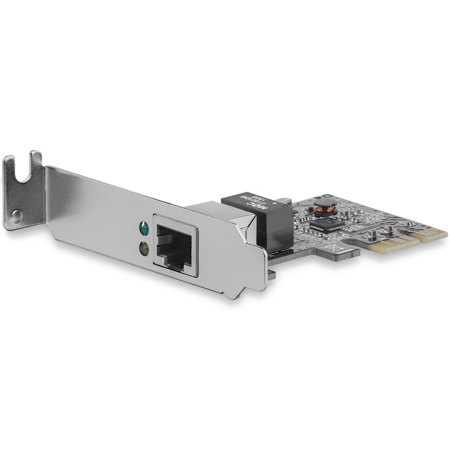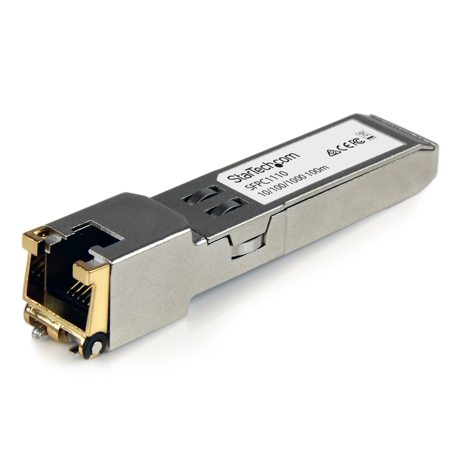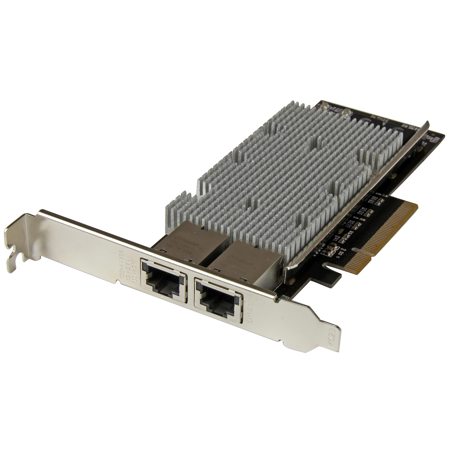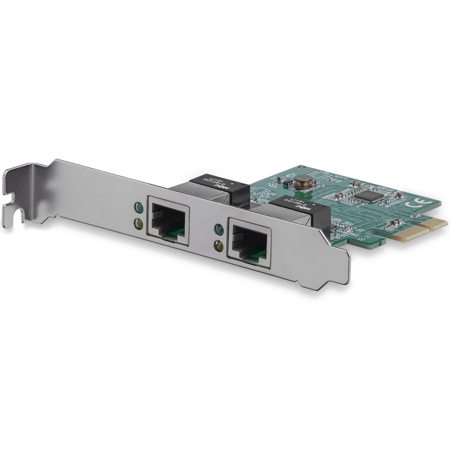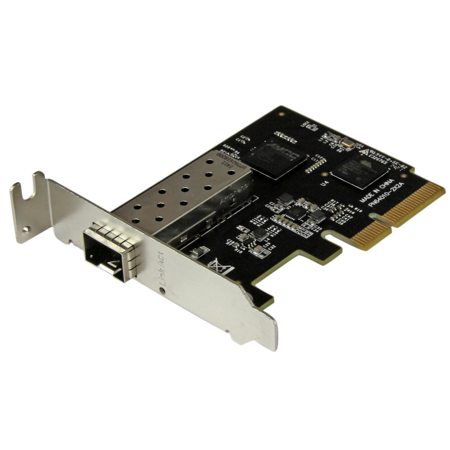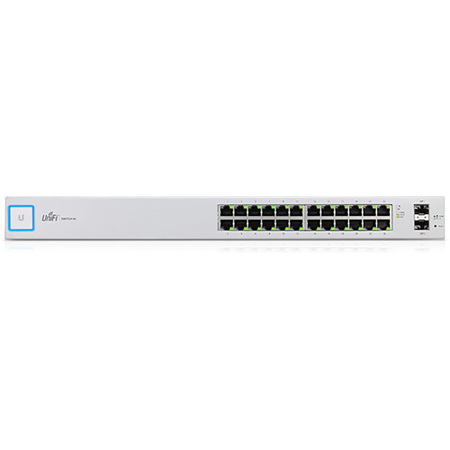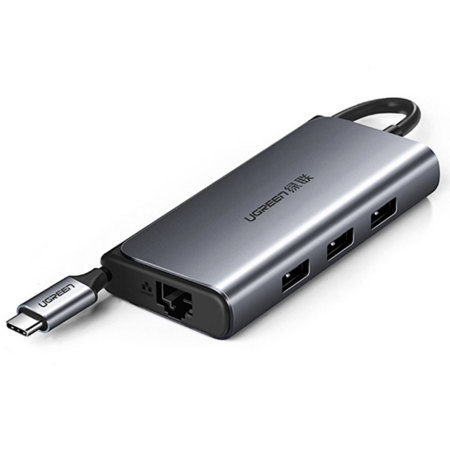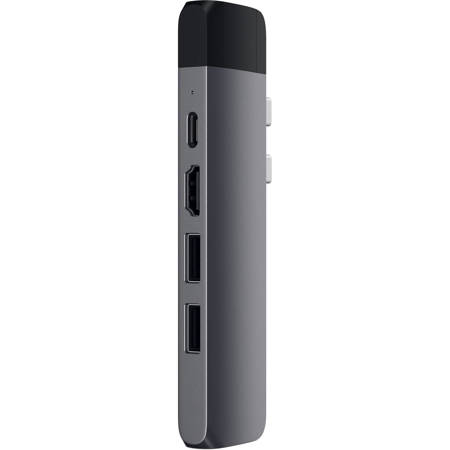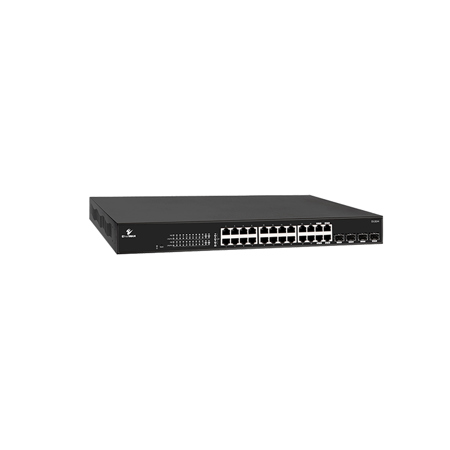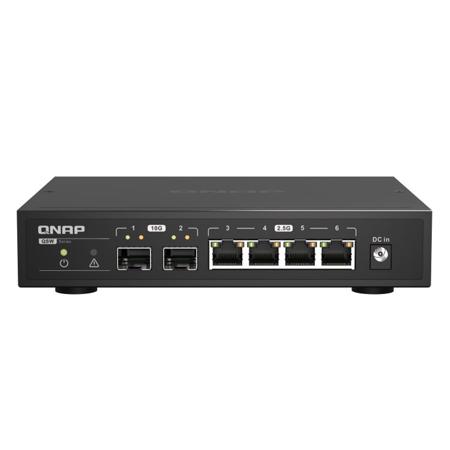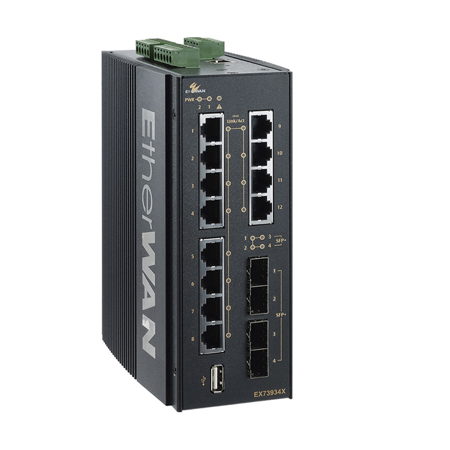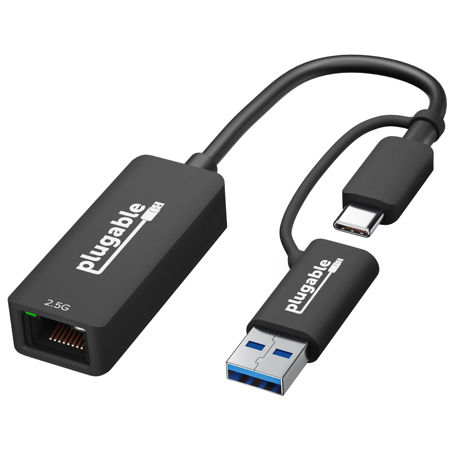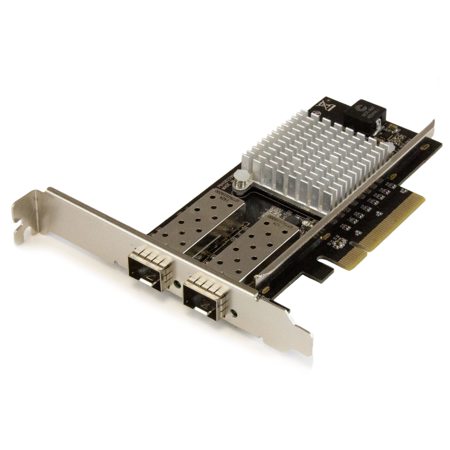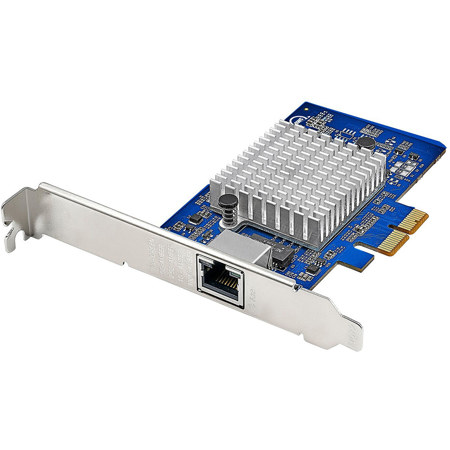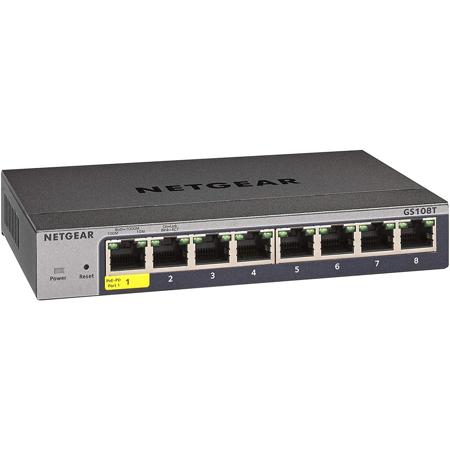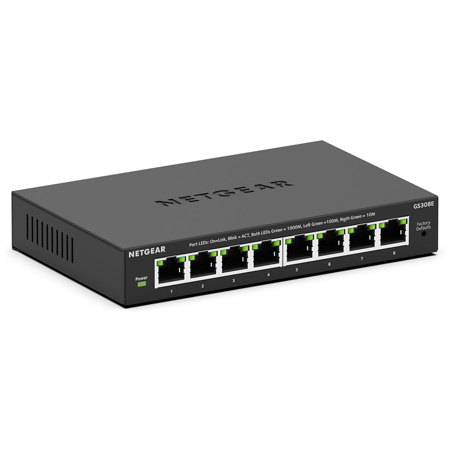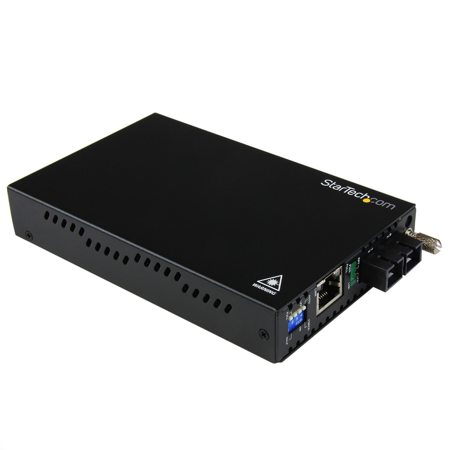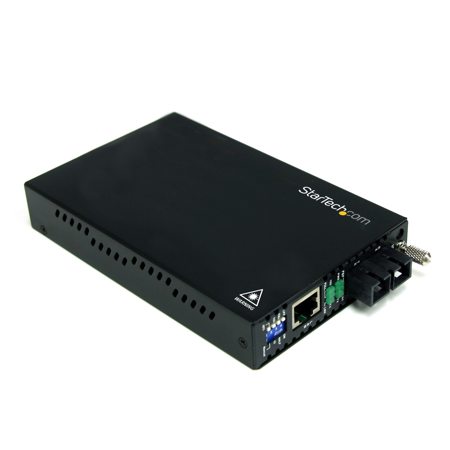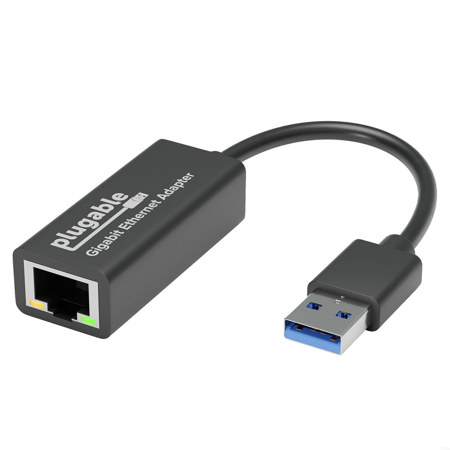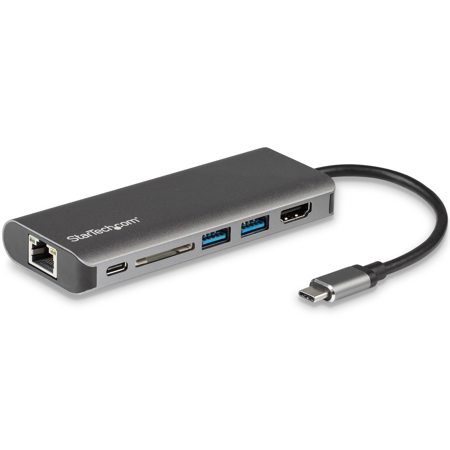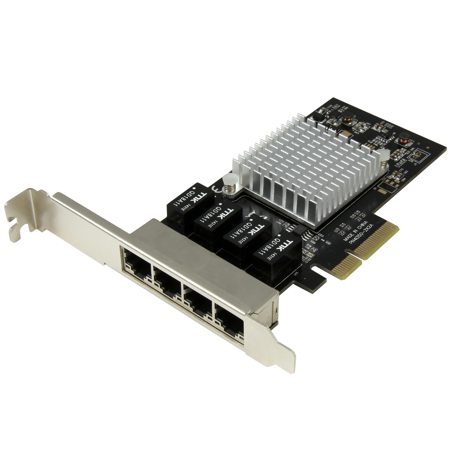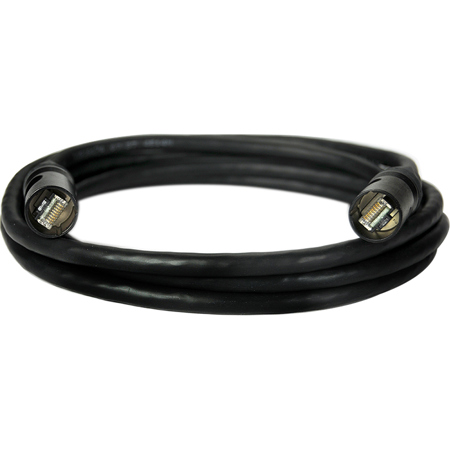Gigabit Ethernet Ports
In today’s fast-paced digital world, a reliable and high-speed wired network connection is essential for both personal and professional environments. Gigabit Ethernet ports have become the gold standard for users who demand seamless connectivity, offering data transfer speeds of up to 1 gigabit per second (1 Gbps) — a significant leap from the older Fast Ethernet standards. These ports, often labeled as “10/100/1000” or “Gigabit,” are designed to support the bandwidth-intensive needs of modern households, creative studios, and business offices. Whether you’re a video editor transferring massive 4K footage across your network, a photographer archiving RAW files to a NAS device, or a gamer seeking minimal latency for online play, a gigabit ethernet port ensures your workflow remains smooth and uninterrupted. The backbone of any robust local area network (LAN), gigabit LAN connectivity enables multiple devices to share high-speed internet and transfer files without bottlenecks, making it indispensable for collaborative projects and demanding digital tasks.
When considering products equipped with a gig ethernet port, it’s important to factor in both current and future networking needs. The widespread adoption of gig ethernet has made it accessible and economical, especially compared to higher-speed enterprise solutions. For families setting up smart homes, students streaming lectures, or professionals working remotely, the stability and speed of a gigabit ethernet port can make all the difference. Autumn, with its back-to-school rush and the approach of the holiday season, is an ideal time to upgrade your network infrastructure or to consider gifting reliable networking gear to tech-savvy friends or relatives. A gigabit ethernet port is a thoughtful gift for anyone setting up a new workspace, gaming room, or creative studio, ensuring they have the bandwidth to support everything from video streaming to cloud backups. To take full advantage of these speeds, be sure to use Cat5e or Cat6 cabling, as these are required to unlock the full potential of gigabit connectivity.
For those looking to expand their wired network, integrating multiple gigabit ethernet ports through a hub or switch can transform the way devices interact within a space. This is especially valuable in environments where Wi-Fi may be inconsistent or where maximum throughput is required, such as in professional audio/video production, small business offices, or multi-user home setups. A gigabit ethernet port is not just about speed; it’s about reliability and peace of mind, knowing that large file transfers, real-time collaboration, and uninterrupted streaming are all possible without compromise. If you’re building out a network that will grow with your needs, explore options like Gigabit Ethernet Hubs to easily manage multiple wired connections and maintain optimal performance across your devices. With the right gig ethernet infrastructure in place, you can focus on your creative and professional pursuits, confident that your connection won’t hold you back.
When considering products equipped with a gig ethernet port, it’s important to factor in both current and future networking needs. The widespread adoption of gig ethernet has made it accessible and economical, especially compared to higher-speed enterprise solutions. For families setting up smart homes, students streaming lectures, or professionals working remotely, the stability and speed of a gigabit ethernet port can make all the difference. Autumn, with its back-to-school rush and the approach of the holiday season, is an ideal time to upgrade your network infrastructure or to consider gifting reliable networking gear to tech-savvy friends or relatives. A gigabit ethernet port is a thoughtful gift for anyone setting up a new workspace, gaming room, or creative studio, ensuring they have the bandwidth to support everything from video streaming to cloud backups. To take full advantage of these speeds, be sure to use Cat5e or Cat6 cabling, as these are required to unlock the full potential of gigabit connectivity.
For those looking to expand their wired network, integrating multiple gigabit ethernet ports through a hub or switch can transform the way devices interact within a space. This is especially valuable in environments where Wi-Fi may be inconsistent or where maximum throughput is required, such as in professional audio/video production, small business offices, or multi-user home setups. A gigabit ethernet port is not just about speed; it’s about reliability and peace of mind, knowing that large file transfers, real-time collaboration, and uninterrupted streaming are all possible without compromise. If you’re building out a network that will grow with your needs, explore options like Gigabit Ethernet Hubs to easily manage multiple wired connections and maintain optimal performance across your devices. With the right gig ethernet infrastructure in place, you can focus on your creative and professional pursuits, confident that your connection won’t hold you back.
